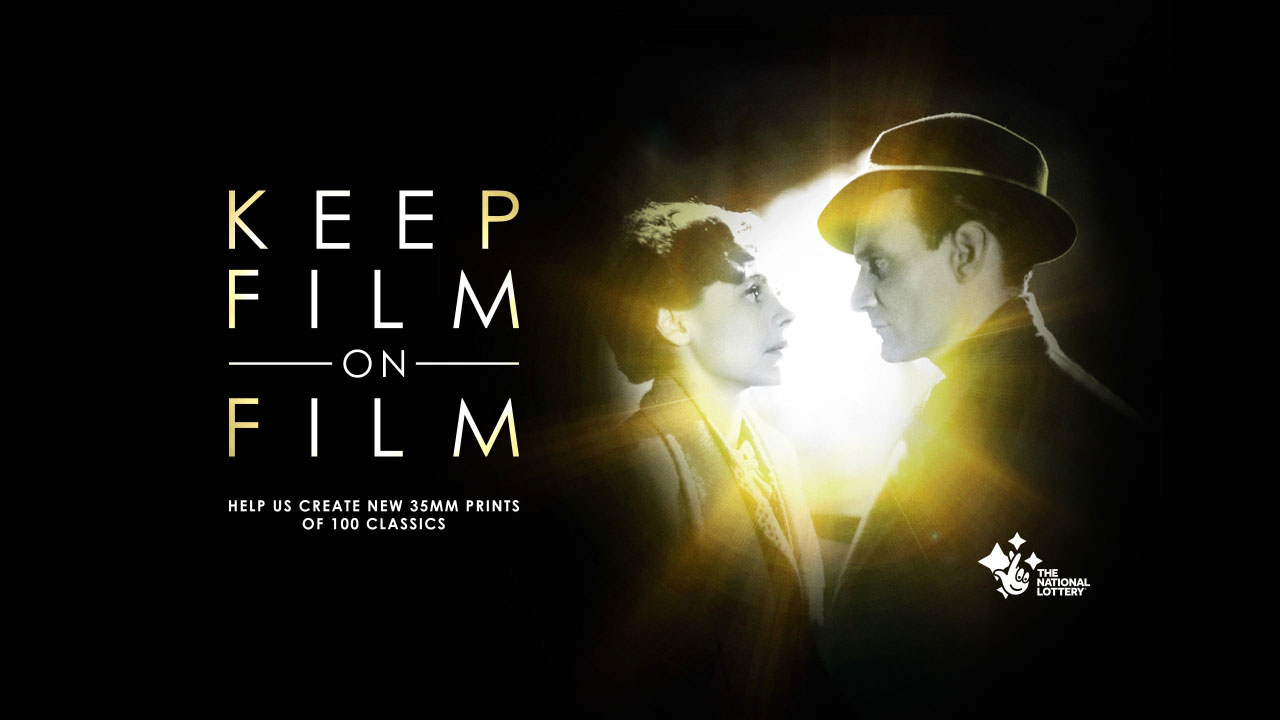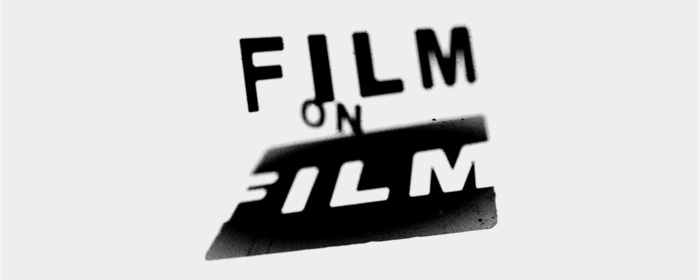- Home
- Film on Film Festival
- Introduction
Introduction
We’re here to celebrate film. Not just the genius of the filmmakers, but the stuff itself: celluloid with sprocket holes. So, welcome to a festival where every film is projected on film.
Digital technologies have revolutionised the ways we access and restore films, and changed how films look. Digital projection looks brighter, its reproduction of film grain is buzzier and colours appear more vibrant. But digital can’t recreate the specific qualities of a projected print. A print can feel more relatable, more unpredictable. Like us, it will change over time, its ‘imperfections’ helping to convey the life it has led. And then there’s the whirr as a reel of film passes through the projector; the sound of a reel change and the flicker created as a shutter opens and closes multiple times a second. It’s almost imperceptible, but magical nonetheless.
The BFI National Archive’s curatorial team has selected a programme almost entirely from the national collection of film and television. We have used it as an excuse to highlight many underseen titles, a wide range of formats and some glorious prints. And if some occasionally appear less than perfect, they wear their scars with pride.
In many cases, you will be watching original release prints, providing a physical and emotional connection to audiences from the past. A particular treat will be the four nitrate prints – the first public nitrate screenings in the UK for over a decade. Among them is a 1932 nitrate print of Alexander Korda’s Service for Ladies (p7), the oldest film print ever projected to audiences in the UK.
We are also investing in new 35mm film prints thanks to funding from the National Lottery and the additional support of donors to our Keep Film on Film campaign. The first of these prints will premiere at this festival.
We can’t wait to share the whirr, the flicker and the magic with you.
Robin Baker
Head curator, BFI National Archive
Programme director, BFI Film on Film Festival
#FilmOnFilm

BFI Membership
Become a BFI Member from £39 to enjoy priority booking as well as other great benefits all year round.
Join today
Keep Film on Film
We need your help to keep 35mm film at the forefront of the cinema experience.
Find out more